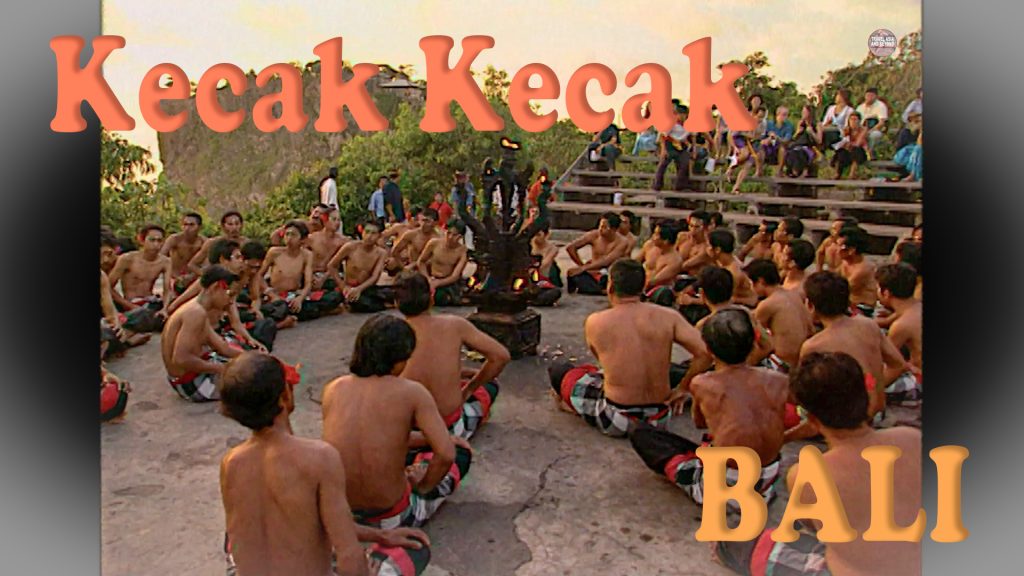In this video we visit Bali’s magnificent Uluwatu Temple and experience an extraordinary sunset voice and dance performance called the Kecak.
Kecak, also known as the “Monkey Chant,” is a unique and captivating traditional Balinese dance-drama and vocal performance. It is one of Bali’s most iconic and widely recognized performing arts, known for its rhythmic chanting, elaborate choreography, and dramatic storytelling.
It originated in the 1930s and is often accompanied by a fire dance, depicting scenes from the Hindu epic Ramayana.
Perhaps its time to book your holiday to Bali. Click below:![]()
Here are the key features and aspects of Kecak:
Performance and Structure:
Kecak is typically performed in a large group setting, often with dozens or even hundreds of performers.
The performance does not use any traditional musical instruments. Instead, the music is created by the human voices of the performers, who rhythmically chant “cak cak cak” in a synchronized manner.
Chanting and Vocals:
The chant of “cak cak cak” is based on the rhythmic pattern of the Kecak dance, with variations and vocal layers creating a rich and rhythmic auditory experience.
The chanters are usually male, and their chanting can range from soft whispers to powerful and intense vocalizations, echoing the dramatic scenes being portrayed.
Kecak is deeply rooted in Balinese culture and Hindu mythology, serving both as a form of entertainment and as a means to convey moral and ethical lessons.
It is often performed during religious ceremonies, festivals, and special occasions, showcasing the cultural and spiritual significance of the Ramayana.
Kecak is a mesmerizing and immersive experience that combines auditory, visual, and emotional elements, allowing spectators to immerse themselves in Balinese culture, mythology, and artistic expression.
#bali #baliculture #kecakdance #kecak



